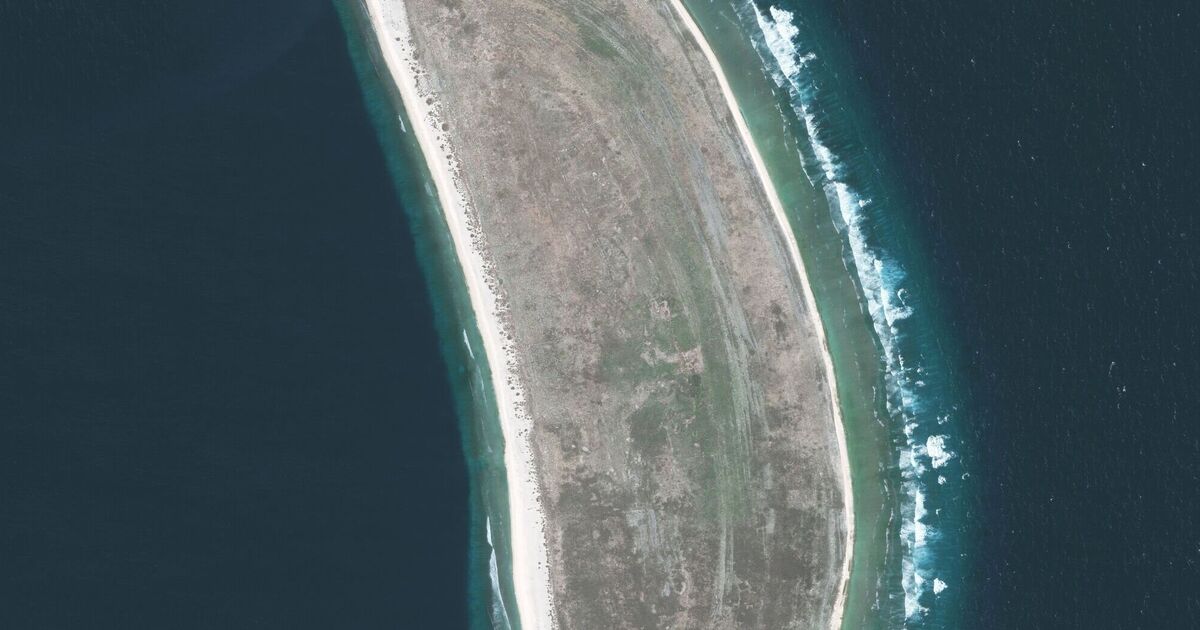

Aviation experts believe they may finally be on the brink of solving one of history's greatest mysteries - the disappearance of legendary pilot Amelia Earhart nearly 90 years ago.
The trailblazing aviator and her navigator Fred Noonan vanished without trace in July 1937 during her ambitious attempt to become the first woman to fly around the world, sparking the most extensive sea and air search in American history at the time, reports the Daily Mail.
Now a deep-sea exploration team claims they have dramatically narrowed down the search area after restoring an identical radio to the one used on Earhart's doomed final flight. The claims come as the UK marked how its most remote islanders abandoned their 4,000-year home forever.
MAJOR BREAKTHROUGH AFTER DECADES
The remarkable discovery could finally provide answers to what happened when Earhart's Lockheed Electra disappeared over the Pacific Ocean, leaving behind one of aviation's most enduring mysteries.
"Our latest radio communication analysis is a major leap forward in solving one of the most enduring mysteries in aviation history," declared Dave Jourdan, president of Nauticos, the company spearheading the mission.
"We have narrowed the search area dramatically, and this new expedition presents our best chance yet to finally locate Amelia Earhart's plane."
Nauticos, which specialises in deep-sea exploration and historical research, acquired and painstakingly restored a Western Electric 13C aircraft transmitter and a Bendix Model RA-1A receiver in 2020.
RADIO TESTS REVEAL CRUCIAL LOCATION
The restored radio system is identical to the equipment used on Earhart's final flight and has enabled experts to pinpoint the aircraft's approximate location at 8am on the day it vanished.
This groundbreaking analysis has significantly refined the search area near Howland Island in the Pacific Ocean - Earhart's intended destination on that fateful July morning.
Until now, searchers have meticulously surveyed a staggering 3,610 square miles of sea floor - roughly the size of Connecticut - in their desperate bid to locate the wreckage.
The fourth expedition launched by Nauticos will be guided by extensive tests conducted on the restored radio equipment, recreating the exact circumstances surrounding the mysterious disappearance.
FINAL HOURS RECONSTRUCTED
Earhart and Noonan took off from Lae in New Guinea on July 2, 1937, and began receiving communications from a vessel stationed off Howland Island's shore.
However, radio reception proved poor throughout the journey, with Earhart eventually informing the waiting boat that their fuel supplies were running dangerously low.
While she was unable to provide exact coordinates during those final crucial moments, her last transmission did include a vital compass position that has now proved instrumental in the search efforts.
Project manager Jeff Morris revealed how the team replicated the conditions of that final flight using identical equipment to determine where Earhart was during her last communications.
"The fourth Nauticos mission to search for Amelia Earhart will be based on the scientific data that we've collected during extensive radio testing," Morris explained.
"This is no longer theory. This is scientifically-measured information that tells us where she was at 8am on July 2, 1937."
FINAL DESPERATE MESSAGES
Earhart had planned an ambitious west-to-east journey around the globe in 34 separate legs. When disaster struck, she was on leg 31, having already covered an impressive 22,000 miles with just 7,000 miles remaining to complete her historic circumnavigation.
The tiny Howland Island refueling stop was crucial as her aircraft lacked the range for the vast South Pacific crossing. This particular leg demanded a grueling 2,556-mile, 18-hour flight across the international date line.
The Coast Guard ship Itasca waited with precious fuel for the next stage of her journey, receiving Earhart's intermittent voice messages which grew stronger as she approached her destination.
At 7:58am, the Itasca received Earhart's strongest radio signal when she desperately reported she was "circling and searching and running low on fuel."
Her final transmission was received at 8:43am - then silence fell forever across the Pacific waves.
CONTINUED SEARCH EFFORTS
Despite decades passing since that tragic morning, private companies, individuals and dedicated groups have never given up hope of finding the wreckage.
Last year, hopes soared when a deep-water exploration company believed they had spotted her plane on sonar images. However, the potential breakthrough turned out to be nothing more than a natural rock formation on the ocean floor.
The upcoming Nauticos expedition will be joined by pilot and journalist Amelia Rose Earhart, who remains committed to preserving the memory and legacy of her famous namesake.
The company has promised to document every moment of their search through social media updates and live streams, allowing the world to follow their potentially historic mission.